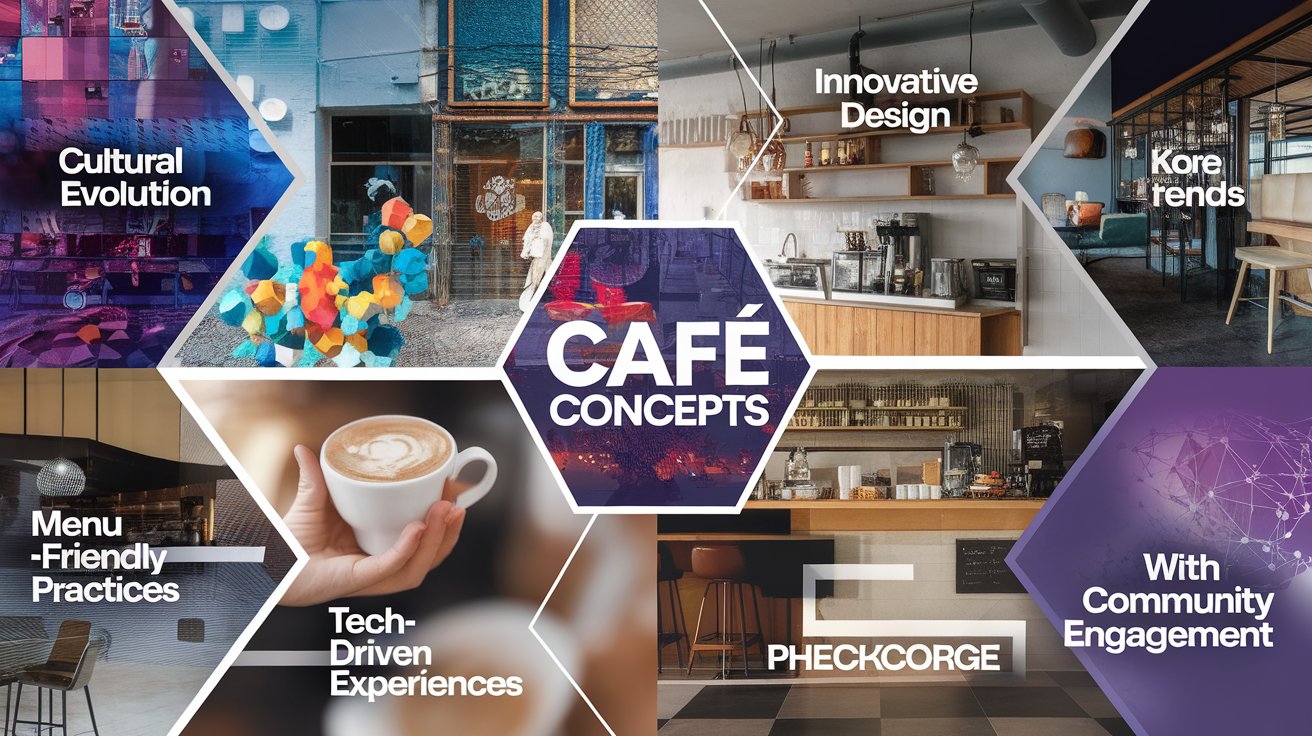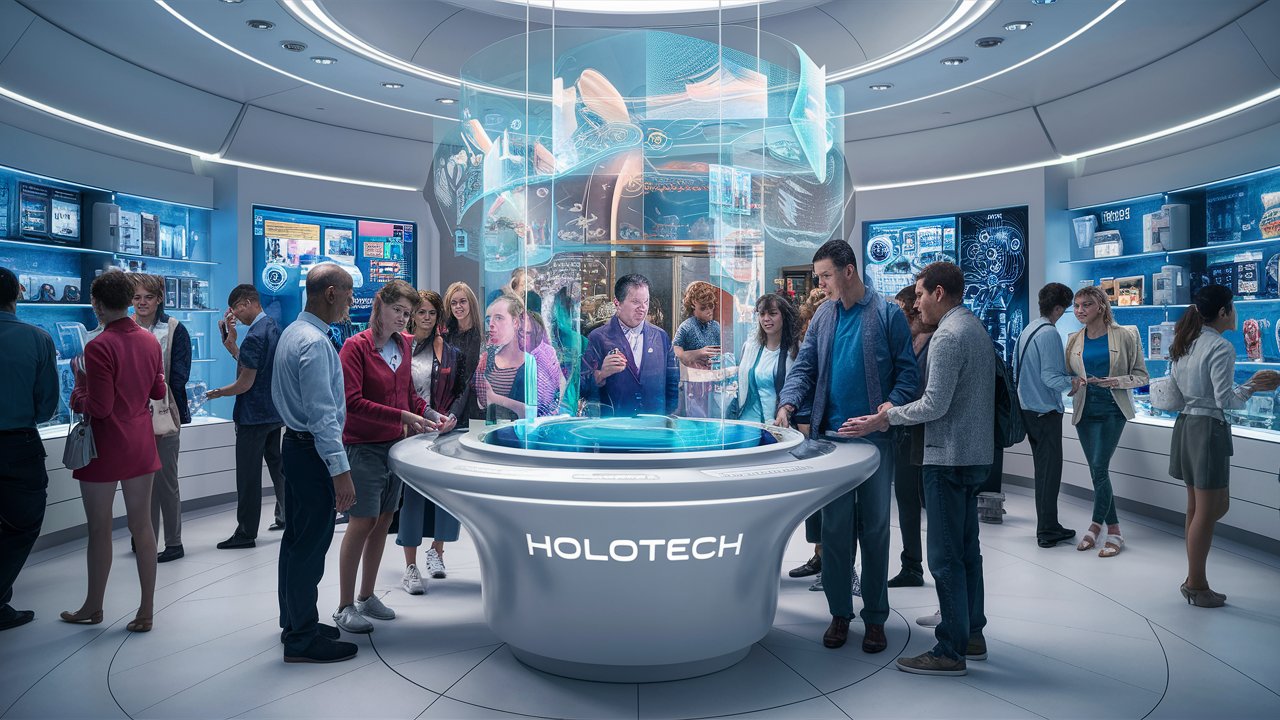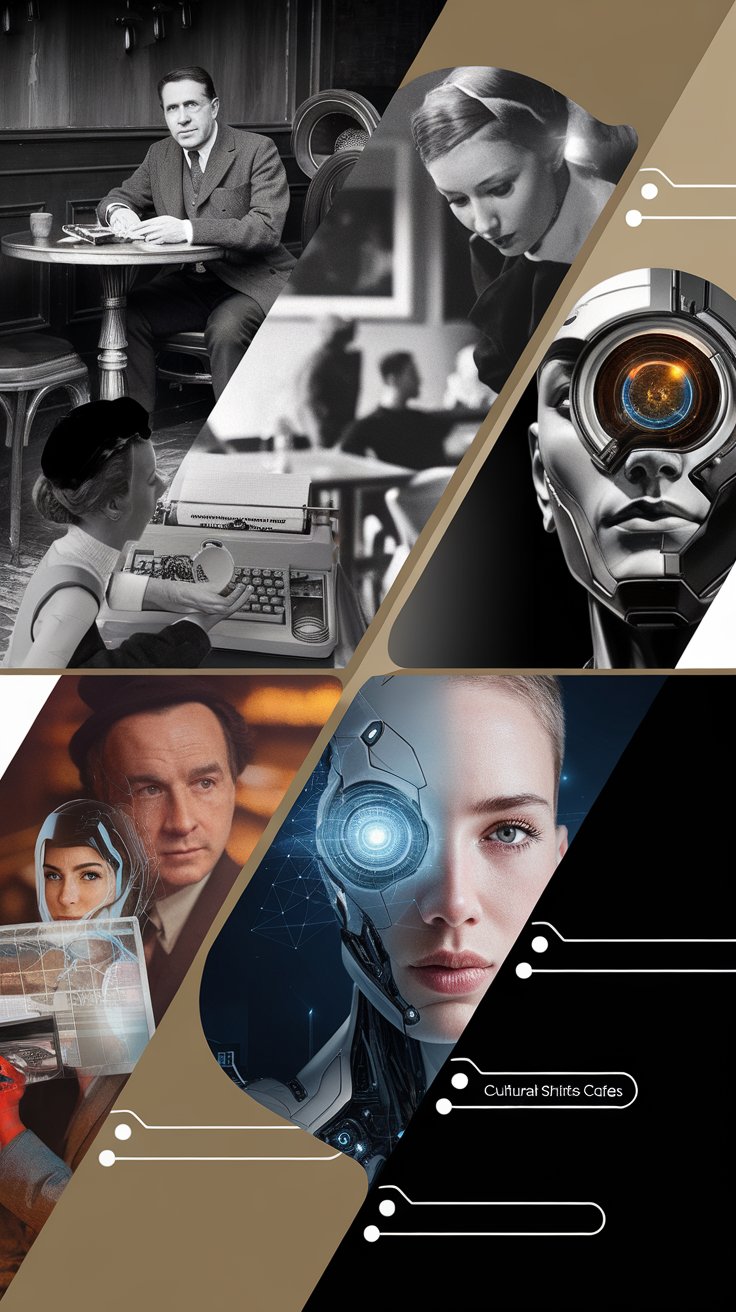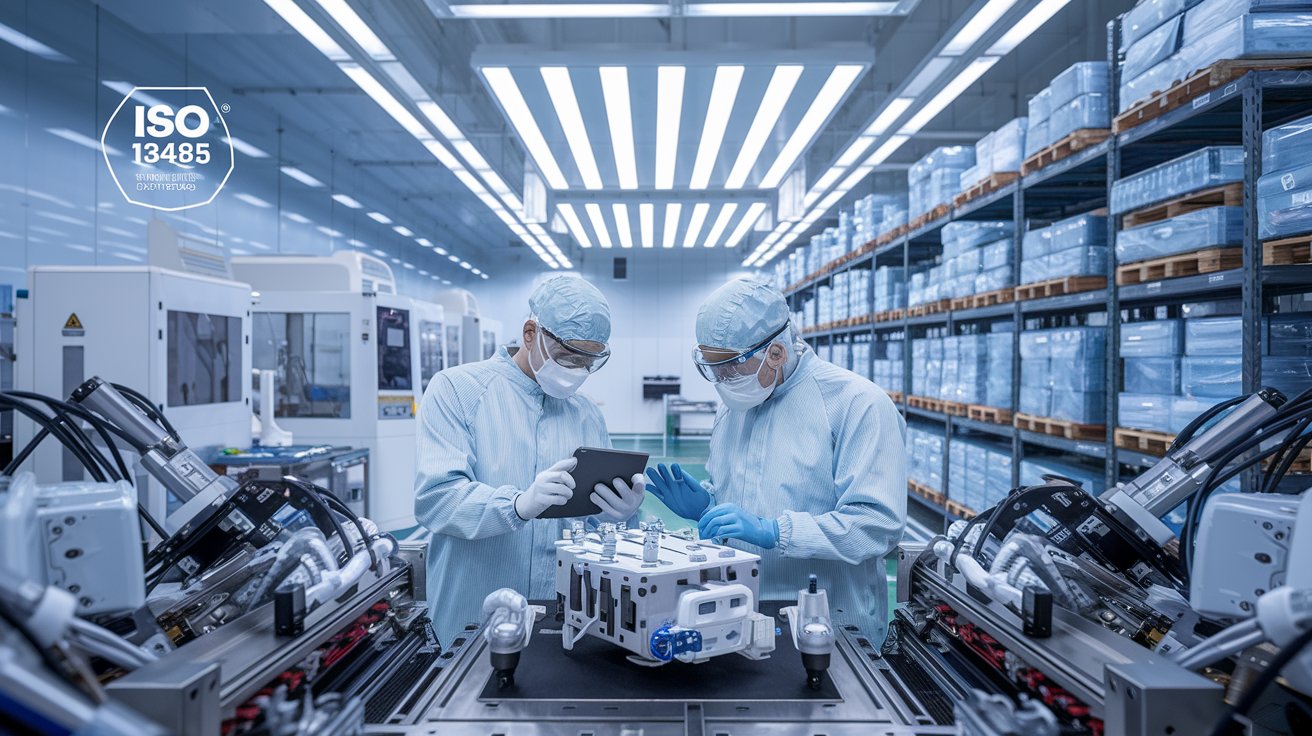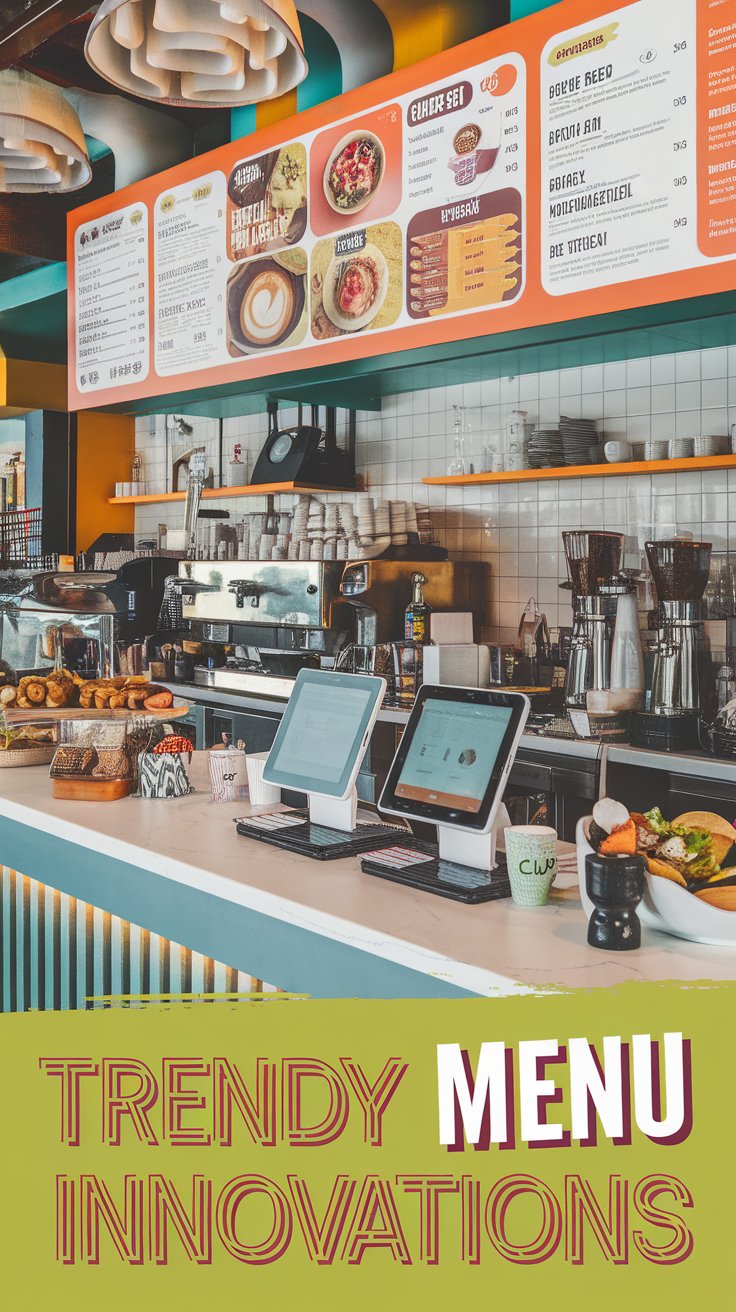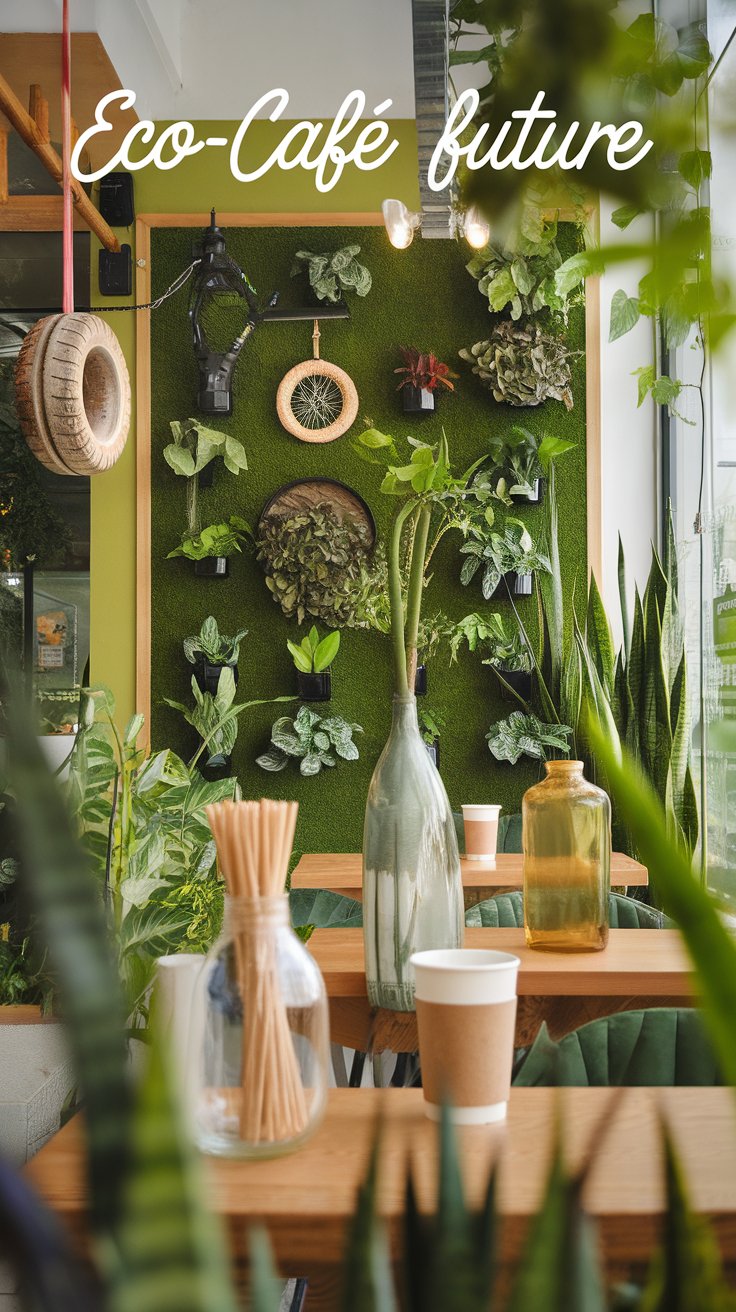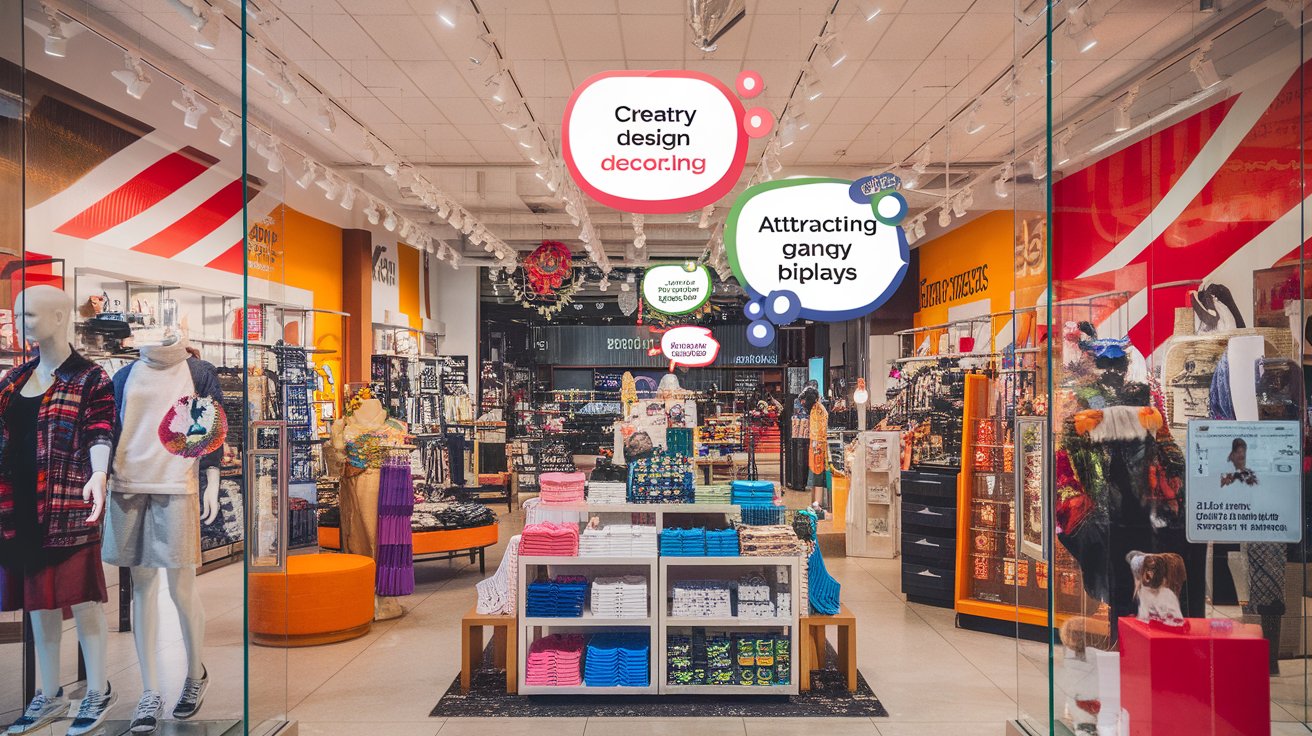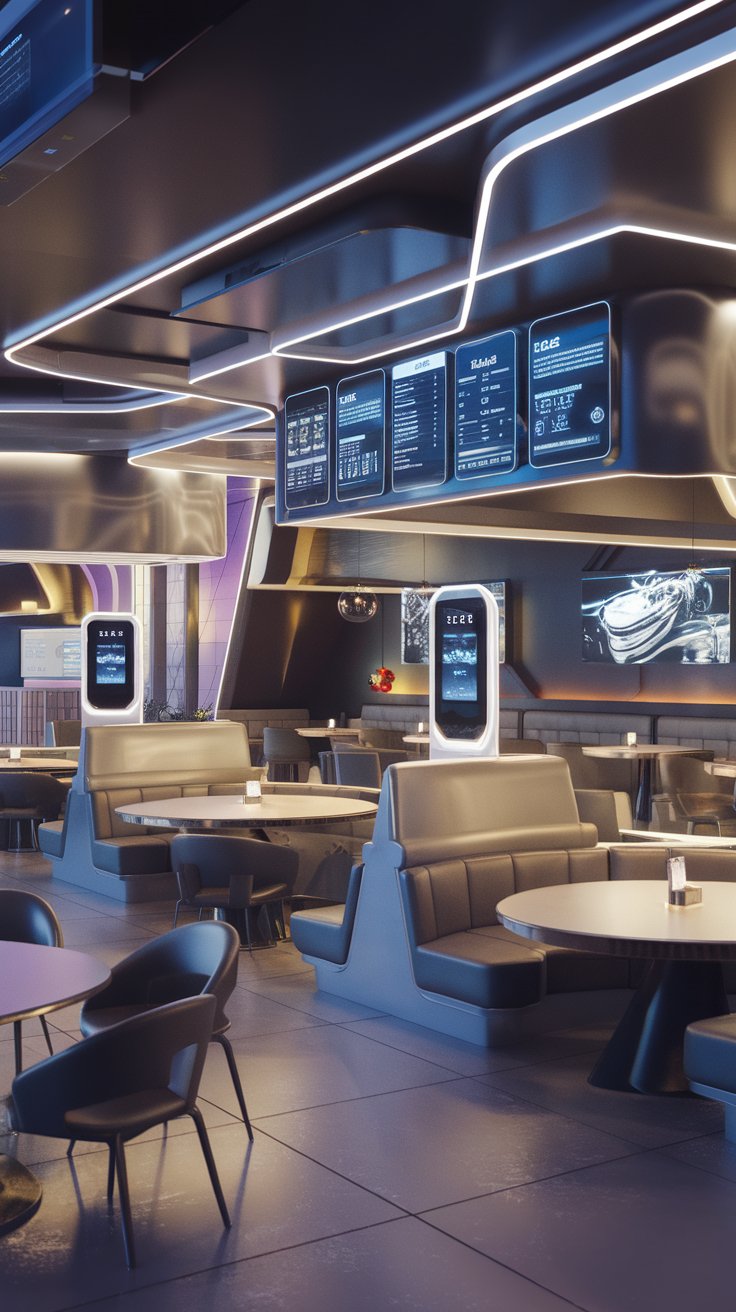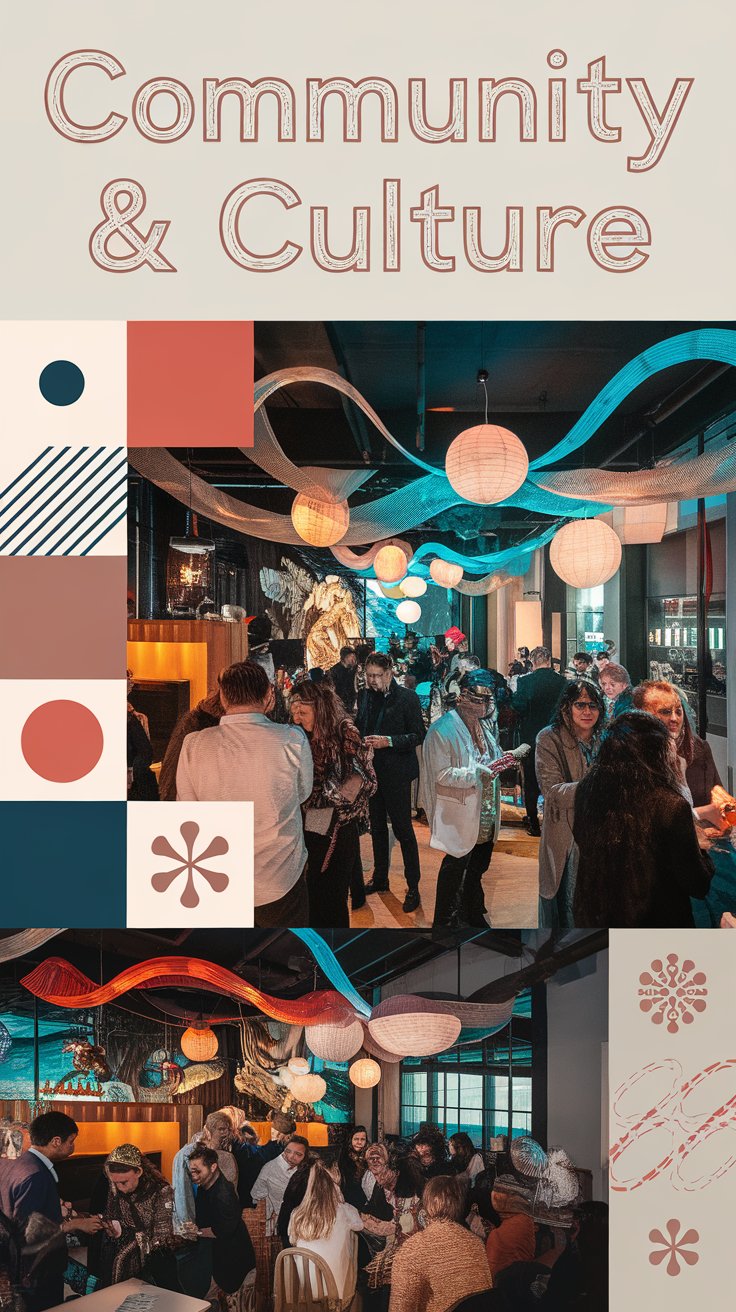Introduction
The modern cafe has evolved significantly, merging traditional coffee culture with digital innovations. Today’s cafes are not just places to enjoy a cup of coffee; they serve as social hubs, creative spaces, and even remote workstations. As such, understanding the modern cafe concepts is crucial for both aspiring cafe owners and coffee enthusiasts looking to explore new trends. From the utilization of technology in service delivery to the ambiance that caters to a diverse clientele, the modern cafe embodies a unique fusion of comfort and efficiency.
This article will look into various aspects of modern cafe design, emphasizing the importance of a thoughtfully curated experience. As we navigate through current trends such as sustainable practices, menu innovations, and the digital customer experience, this guide aims to provide insights into what makes a cafe thrive in today’s fast-paced environment. By incorporating innovative concepts, cafe owners can enhance customer satisfaction and create a memorable atmosphere that attracts a loyal client base.
The Evolution of Cafes: Major Cultural Shifts and Influences
The humble cafe has undergone a remarkable transformation, evolving from traditional coffeehouses frequented by intellectuals to modern coffee shops that cater to a diverse clientele. The story begins in the 15th century, in the bustling streets of the Ottoman Empire, where coffee was first enjoyed in public spaces, laying the groundwork for social coffee culture. These early coffeehouses served as centers for discussion and exchange of ideas, significantly influencing European society during the Age of Enlightenment.
As coffee gained popularity across Europe in the 17th and 18th centuries, cafes became essential hubs for cultural and political discourse. In cities like Paris and Vienna, these establishments attracted artists, writers, and revolutionaries, creating an ambiance that nurtured creativity and inspired groundbreaking thought. The artistic movements of these times, such as Romanticism and Realism, found their echo in the cafes, which were frequented by some of the greatest thinkers and creatives of their generations.
Moving into the 19th and early 20th centuries, the cafe phenomenon continued to expand. The introduction of espresso machines in Italy in the late 1800s revolutionized coffee preparation, leading to the birth of the modern espresso bar. This shift embodied a cultural transformation, where speed and convenience began to dictate the cafe experience. Cafes adopted more stylish designs, blending aesthetics with functionality, attracting a broader audience that sought both service and style.
The late 20th century saw the rise of specialty coffee shops, influenced heavily by the Third Wave Coffee movement. This movement emphasized quality, origin, and sustainable practices, essentially redefining coffee as an artisanal product. Cafes began to offer unique blends and single-origin brews, turning them into cultural landmarks and not just places for a quick caffeine fix. This era also marked the growth of cafes as social spaces, where people would gather not just for coffee, but for community and experience.
In today’s context, cafes have embraced digital technology and design, marrying innovation with tradition. The modern coffee shop now often features co-working spaces, robust Wi-Fi, and a menu that caters to diverse dietary preferences, highlighting the multifaceted role cafes play in the lives of contemporary urban dwellers. Major cultural shifts in society continuously shape the way cafes operate, ensuring their evolution remains vibrant and relevant in the digital age.
Designing the Perfect Space: Key Elements in Cafe Design for Modern Experiences
The ambiance of a cafe plays a significant role in the overall experience, influencing not only how customers feel but also their desire to linger and return. In today’s digital age, cafes must create an inviting atmosphere that caters to diverse clientele, from remote workers to social groups. This chapter examines the pivotal components of modern cafe design, including layout, decor, and ambiance, all tailored to enhance the customer experience.
Layout: Maximizing Interaction and Comfort
The design layout of a cafe should prioritize both functionality and comfort. Open floor plans encourage interaction among guests while maintaining an intimate setting. Configurable furniture, such as movable tables and modular seating arrangements, allows establishments to adapt their space based on the time of day or special events. Private nooks can be strategically placed to cater to individuals seeking a quiet retreat, while larger communal tables can foster social interaction, further enhancing the sense of community.
Decor: Bridging Aesthetic and Brand Identity
The decor in a modern cafe serves as a reflection of its brand identity, evoking a specific mood that resonates with customers. Incorporating natural elements, such as plants and sustainable materials, not only adds to the visual appeal but aligns with eco-conscious consumer values. Art installations or murals can provide a unique conversation starter, further embedding the cafe within the local cultural fabric. Soft lighting, combined with carefully chosen color palettes, sets the tone, creating a warm and inviting environment that encourages guests to settle in for extended periods.
Ambiance: Creating an Inviting Atmosphere
The atmosphere of a cafe is often what keeps patrons coming back. This element can be enhanced through curated playlists that foster a welcoming soundscape. Sensory experiences, such as the aroma of freshly brewed coffee and the visual appeal of beautifully presented food, engage guests on multiple levels. Thoughtful temperature control and comfortable seating are critical in ensuring that customers remain at ease. Moreover, integrating technology, such as charging stations and high-speed Wi-Fi, acknowledges the needs of digital consumers, giving them the tools to work or socialize seamlessly.
By focusing on a harmonious blend of layout, decor, and ambiance, modern cafes can achieve an inviting atmosphere tailored for the diverse expectations of today’s patrons. This intentional approach to design not only enhances the customer experience but solidifies the cafe’s position in an increasingly competitive landscape.
Innovative Menu Offerings: Trends in Cafe Menus for the Digital Age
Specialty Coffees and Unique Brews
The landscape of cafe menus has transformed dramatically, reflecting the complex and diverse preferences of today’s consumer. At the forefront of these changes is the surge in specialty coffees, which has moved beyond the traditional latte or cappuccino. Modern cafes now feature a curated selection of unique brews that highlight the nuances of various coffee beans. Single-origin coffees, cold brews, and nitro-infused options cater to a demographic that seeks not just a caffeine fix, but an experience that engages the senses. Baristas specialized in the art of brewing can captivate customers by sharing stories about the beans, their origins, and the ideal brewing methods. This storytelling aspect not only elevates the drinking experience but fosters a deeper connection with the product.
Vegan Options and Plant-Based Innovations
As awareness of health and ethical considerations grows, vegan menu options have surged in popularity. Cafes are now embracing plant-based alternatives, offering innovative dishes that suit a wide array of dietary preferences. From vegan pastries to hearty grain bowls, the inclusion of plant-based offerings signifies a commitment to inclusivity. Furthermore, the introduction of alternative milk options—such as oat, almond, and soy—caters to a growing clientele that prefers non-dairy options. These changes not only enhance the menu but also align with the broader trend of wellness-focused eating, positioning cafes as leaders in the journey towards healthier lifestyles.
Locally sourced ingredients have emerged as another defining feature of contemporary cafe menus. Conscious consumers are increasingly interested in where their food comes from, prompting cafes to partner with local farms and producers. Offering seasonal dishes that highlight local vegetables and fruits not only supports the community but also ensures freshness and superior flavor. This commitment to local sourcing resonates with a demographic that values sustainability and is willing to pay a premium for quality ingredients. Such practices harmonize beautifully with the cafes’ aesthetic, contributing to a genuine, locally rooted identity that attracts both regulars and passersby alike.
The modern cafe is shifting towards a model that prioritizes unique offerings and reflects the values of its customers. As the industry continues to evolve, the focus will remain on crafting menus that are not only delightful but also responsible and engaging, setting the stage for a future where dining at cafes is a multi-layered experience.
Embracing Sustainability in Modern Cafes
Sustainable Practices as Core Principles
In the quest for better community engagement and environmental responsibility, modern cafes are increasingly adopting sustainable practices that resonate with the values of the digital age’s conscious consumers. These establishments are no longer mere places to grab a coffee; they must now reflect societal shifts toward sustainability. Sourcing is a significant part of this transformation. Cafes that prioritize locally sourced, organic ingredients not only support regional economies but also minimize their carbon footprints. By forging relationships with local farmers and suppliers, cafes can ensure their offerings are fresh, reduce transportation emissions, and foster a more sustainable food system.
Waste Reduction and Eco-Friendly Packaging
Another critical area where cafes can make a meaningful impact is through waste reduction. Implementing strategies such as composting food scraps and utilizing by-products, such as coffee grounds for gardening or beauty products, can significantly divert waste from landfills. Cafes are increasingly opting for bulk buying options, reducing packaging waste and costs while promoting a circular economy. Moreover, cafes are turning to eco-friendly packaging solutions. Packaging materials made from biodegradable substances or recycled content align with the growing customer demand for environmentally responsible options. These conscious choices demonstrate that cafes can provide not only a quality product but also an ethical one, aligning with the sustainable values of their patrons.
Integrating sustainability into a cafe’s overall ethos helps in customer retention and loyalty. Today’s consumers are more inclined to support establishments that actively contribute to environmental causes. Engaging customers through educational initiatives, such as workshops on sustainability or demonstrations of eco-friendly practices, fosters a community-oriented atmosphere. This not only strengthens the cafe’s brand identity but also enhances customer experience, making patrons feel part of a larger movement.
The transition towards sustainability in modern cafes creates a dynamic feedback loop where consumer expectations and environmental needs meet. As cafes evaluate their practices, they should consider how these changes can enhance their digital customer experience as well. From promoting sustainable menus to personalized loyalty programs that reward eco-conscious choices, the intersection of sustainability and technology presents ample opportunities for innovation. By embracing sustainable practices, modern cafes position themselves not just as food and beverage providers, but as leaders in a forward-thinking, responsible economy.
The Digital Customer Experience: Enhancing Satisfaction through Technology
Technology-Driven Engagement in Cafes
The modern cafe is not just a place to grab a coffee; it has transformed into a dynamic environment where technology enhances the overall experience. By utilizing various digital tools, cafes can significantly elevate customer satisfaction, making visits more convenient and engaging. From intuitive online ordering systems to sophisticated loyalty programs, the integration of technology plays a vital role in shaping customer interactions.
Online ordering platforms allow customers to bypass long queues, providing seamless access to their favorite beverages and snacks. This technology caters to the increasing demand for convenience, allowing patrons to place orders through mobile apps or websites. Cafes can utilize real-time data to anticipate peak hours, ensuring they are well-staffed, which not only speeds up service but also improves the quality of the customer experience.
Loyalty programs have evolved with mobile technology, enabling cafes to foster long-term connections with their customers. Digital loyalty solutions can provide personalized offers based on customer preferences and purchase history, enhancing engagement. Such programs encourage repeat visits by rewarding customers for making purchases, thereby creating a sense of belonging and loyalty towards the cafe brand. Cafes can gamify these experiences, adding layers of fun and competition to customer interactions, further boosting patron retention.
Creating a Connected Atmosphere Through Technology
The café experience is also about the ambiance, which can be enriched through the deployment of wireless technology. High-speed Wi-Fi has become a staple, attracting customers who wish to work remotely or socialize. Interactive devices like touch-screen menus or kiosks can simplify ordering while providing additional information about menu items, thereby enhancing the overall experience. Furthermore, leveraging social media for real-time promotions or live feedback can foster a sense of community among patrons, keeping them engaged and in tune with current events in the cafe.
Cafes can also integrate technology into their design, creating inviting spaces that resonate with digital-savvy customers. For example, charging stations at tables and a tech-friendly environment can draw in a clientele that values productivity while enjoying a delightful brew. By blending innovative design with cutting-edge technology, cafes will not only improve their operational efficiency but also leave customers with memorable experiences, ensuring they remain a cherished part of the community.
Community Engagement and Culture: Modern Cafe Concepts for the Digital Age
Cafes have evolved beyond mere places to grab a quick coffee; they have become integral community hubs that foster local culture and engagement. In the digital age, modern cafes cater not only to the palate but also to the soul of the community. The rise of cafes as cultural meeting points unveils a unique opportunity for local artisans, musicians, and community leaders to connect with patrons in ways that were previously unimaginable.
Fostering Local Culture through Events
One of the most impactful ways cafes can engage with their communities is through the organization of events. These can range from art exhibitions featuring local artists to book readings or music nights that invite emerging talent. Such events create an atmosphere that encourages creativity and collaboration among patrons, who often share a common interest in their local scene. By hosting workshops—whether it be painting, writing, or even coffee brewing techniques—cafes encourage communal learning, turning the space into an incubator for new ideas and talents.
Many cafes have also embraced the concept of “open mic” nights, where locals can showcase their musical skills or perform spoken word poetry. These gatherings not only entertain but also foster a sense of belonging, allowing individuals to share their stories and talents. The accessibility of these events makes them particularly appealing, as they often attract a diverse audience, promoting cultural exchange and understanding.
Social Initiatives and Collaborations
Modern cafes are stepping up their roles as social enterprises, partnering with local non-profits to address pertinent issues within their communities. For example, a cafe might collaborate with a food bank to host a “pay what you can” breakfast, ensuring that all community members can enjoy a meal regardless of their financial situation. Such initiatives not only provide essential services but also raise awareness of local needs, establishing cafes as leaders in social responsibility.
Through these community engagement efforts, cafes become more than just bustling hubs for caffeine consumption; they morph into vital centers of cultural exchange and social action. By integrating local art, music, and social initiatives into their everyday operations, modern cafes create an environment where connection flourishes. This transformation aligns with the overarching trend of merging physical and digital experiences, making them a cornerstone of community life in the contemporary world.
Conclusions
In summary, the landscape of modern cafes is continually reshaped by technology, consumer preferences, and design innovations. The integration of digital tools not only streamlines operations but also enhances the customer experience, making cafes more inviting and efficient. As cafes adapt to include sustainability, specialty beverages, and community engagement, they establish themselves as essential facets of urban life, appealing to a broader audience.
Those looking to venture into the cafe business must recognize these trends and adapt accordingly. By embracing modern cafe concepts, owners can cultivate a vibrant environment that not only serves high-quality products but also fosters connections among customers. The future of cafes lies in their ability to remain dynamic and responsive to the ever-changing market landscape, ensuring relevance in the digital age.

